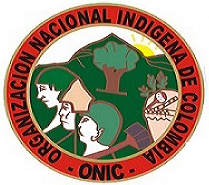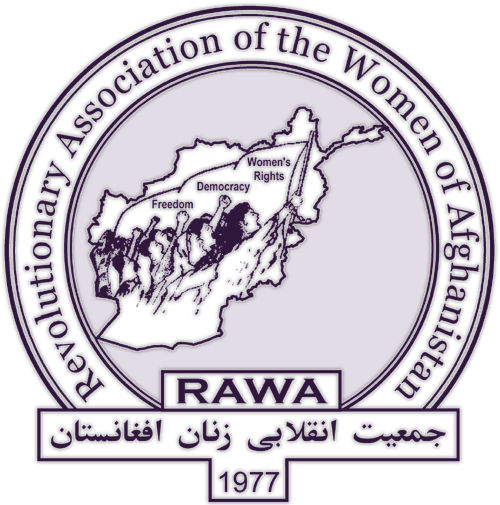cocaine
Peru: deadly clash as narco-flight intercepted
Agents of Peru's National Police force intercepted a small plane loaded with 300 kilos of cocaine paste in Oxapampa province, Pasco region, on Nov. 24, mortally wounding the pilot, a Bolivian national. Authorities said the agents, attached to the elite Tactical Anti-drug Operations Directorate (DIRANDRO), were staking out a clandestine airstrip they had discovered when the Bolivian-registered plane landed there. Three Peruvian crewmen were taken into custody, but the pilot was apparently shot in the stomach when he resisted. He was evacuated by helicopter to the nearest town, Ciudad Constitución, where he died in the hospital. The cocaine paste is believed to have been locally produced, and bound for Bolivia.
Peru: 'narco-terrorist' busted; narco-politician exposed
On Oct. 23, National Police in Peru apprehended in Lima an accused commander of one of the two surviving remnant factions of the Sendero Luminoso guerilla movement. The Interior Ministry named the detained man as Rolando Pantoja Quispe, and said he was under the orders of Florindo Eleuterio Flores Hala AKA "Comrade Artemio"—the notorious Sendero commander who was captured last year and condemned to life in prison. The ministry said Pantoja Quispe controlled cocaine trafficking in the Yanajanca Valley of Huanuco region, and hailed the arrest as a further blow against Artemio's crippled network. (BBC Mundo, Oct. 23)
Sendero Luminoso in Bolivia?
On Oct. 19, a patrol of Bolivia's Joint Task Force, coordinating National Police and army troops in coca-eradication missions, was ambushed by unknown gunmen at Miraflores pueblo, Apolo municipality, in the coca-growing Yungas region, sparking a gun-battle that left four dead—three troops and a medic. Up to 30 were injured, but all the assailants seem to have escaped. Government vice-minister Jorge Pérez said the attack was "planned by people related to the narco-traffic," adding that the partially buried remains of a cocaine lab had been found nearby. Days later, Leopoldo Ramos, the public prosecutor appointed to investigate the case, said that "by the form of execution, for the Public Ministry it is probable that those who attacked in Miraflores are persons trained by Sendero Luminoso."
Mexico narco networks inside and outside prisons
A new riot between rival gangs in the dangerously overcrowded prison at Altamira, in the Mexican border state Tamaulipas, left seven inmates dead Oct. 26. State authorities said the prisoners were killed with makeshift knives in a fight in one cellblock at the facility, officially known as the Execution and Sanction Center (CEDES). Thirty-one inmates died in a riot in the same prison early last year, pointing to a crisis rooted in the confluence of teeming lock-ups and the bloody narco wars being waged in Tamaulipas both inside and outside the prisons. The state is currently Mexico's most violent. The CEDES was designed to hold 2,000 inmates, but now has a population of more than 3,000. (AP, Notimex, Oct. 26)
Bolivia, Venezuela reject US drug criticism
On Sept. 13, the White House released its annual score card on other countries’ compliance with US drug policy demands, the presidential determination on major drug producing and trafficking countries. It identified 22 countries as "major drug transit and/or major illicit drug producing countries," but listed only three—Bolivia, Burma, and Venezuela—as having "failed demonstrably" to comply with US drug war objectives. Among those countries that are not listed as having "failed demonstrably" are the world's largest opium producer (Afghanistan), the world’s two largest coca and cocaine producers (Colombia and Peru), the leading springboard for drugs coming into the US (Mexico), and the weak Central American states that serve as lesser springboards for drug loads destined for the US. They are all US allies; Bolivia and Venezuela are not.
Peru: protests over militarization of coca zone
Peru's coca-producing Apurímac-Ene River Valley (VRAE), where a remnant faction of the Shining Path remains active, has seen growing protests over militarization and abuses by the security forces. On May 21, Fedia Castro, mayor of La Convención province (Cusco region), led a "March for Peace and Dignity" at the provincial seat of Quillabamba, to demand justice in a recent incident that left nine local residents wounded by army gunfire—including four women and a one-year-old infant. In the May 6 incident at Kepashiato village, army troops opened fire on a combi (commercial minibus) filled with local campesinos. The army says gunfire first came from the combi, and that a G3 assault rifle was later found on board. The passengers—including the wounded driver and owner of the vehicle, Rómulo Almirón Fuentes—deny that any firearm was found, challenging the army to produce it. They are also demanding compensation, including for damage to the combi. (Enlace Nacional, May 21; RPP, May 9; El Comercio, May 6)
Bolivia: coca production down, cocaine production up?
The US government has determined that Bolivia now has fewer coca plantations but it is producing more cocaine because traffickers are using a more "efficient" process known as the "Colombian method," according to an interview with a diplomat in La Paz daily Pagina Siete. Said John Creamer, outgoing charge d'affaires at the US diplomatic mission in La Paz: "That is the paradox in Bolivia. There are fewer coca plantations in the past three years, but there's more production of cocaine." Creamer said that using the new process, producers "can obtain more cocaine with lesser quantities of coca leaves." He also warned of the "resowing" of eradicated coca fields. The Bolivian government boasts that it reduced coca leaf production for three consecutive years from 2009 to 2011, but according to UN figures overall coca production increased from 25,400 hectares in 2006 when Evo Morales took power to 31,000 hectares in 2010 (the last year for which the UN has data). Bolivian law allows the legal cultivation of just 12,000 hectares of coca for traditional purposes.















Recent Updates
1 day 4 hours ago
1 day 4 hours ago
1 day 4 hours ago
1 day 7 hours ago
2 days 10 hours ago
3 days 16 hours ago
4 days 4 hours ago
4 days 5 hours ago
5 days 4 hours ago
5 days 5 hours ago